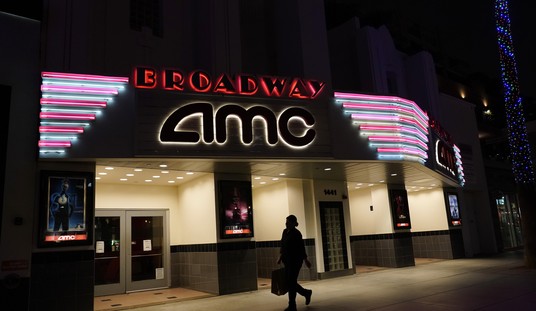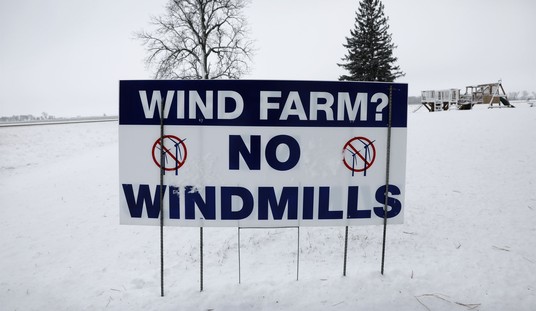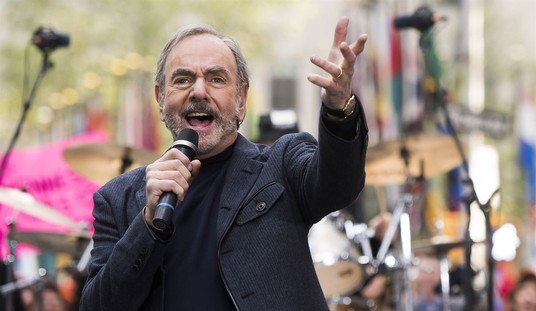The National Commission on COVID-19 and Criminal Justice just released a report on crime rates in U.S. cities before and after the pandemic. The report looked at public data from 27 cites and focused on 11 categories of crime. It concludes that as the pandemic took hold and stay-at-home orders set in, some types of property crime decreased.
In summary, with one exception, property crime rates in US cities fell significantly during the spring of 2020. Drug offense rates did as well. The timing of these declines coincided with the stay-at-home mandates and business closings in response to the COVID-19 pandemic. Quarantines reduced residential burglary. When businesses are closed, there is no shoplifting. Selling drugs on the street is more difficult when there are fewer people on the street and when police prioritize away from drug enforcement activities.
The one big exception to this trend was a spike in commercial burglary rates in late May. The report connects this to reports of looting around the country that week:
Where it did occur, the spike in commercial burglary is notable for its abruptness, size, brevity, and timing. It interrupted a lengthy period of declining commercial burglary rates and increased to a level three times higher than the peak rates of the previous several years. The spike was limited to a single week—the same week in nearly every city where it occurred. As noted earlier, the spike took place at the beginning of the period of social unrest after George Floyd’s killing in Minneapolis. The cities with the greatest increases in commercial burglary—Los Angeles, Washington, New York City, Atlanta, Chicago, and St. Louis—also had particularly large and boisterous demonstrations marked by sporadic property destruction and looting (Taylor 2020; Wagner 2020). But the spike in commercial burglary ended as abruptly as it began, which calls into question claims that property damage and looting persisted as the protests continued through the month of June.
The bad news in the report is that violent crime appears to be up in several cities since the death of George Floyd.
Rates of homicide and aggravated assault also increased significantly in late May of 2020. Some of the violence was directly connected to the protest activity, although in most cases it appears to have involved persons other than the protesters (Taylor 2020). Most of the increase in violent crime took place away from the demonstrations and was not limited to a single week.
The report says it’s impossible to pin down a specific reason for the increase in violent crime but it’s possible this is the return of the Ferguson effect. In case you’ve forgotten what that was, the Ferguson Effect was the name given to the observation that after the shooting of Mike Brown in Ferguson several cities around the U.S. saw spikes in violent crime. There was a public debate at the time which even included President Obama (who discounted it) and then-FBI Director James Comey (who said it was the only explanation that fit all the facts).
It’s worth noting that the author of the present report, University of Missouri-St. Louis criminologist Richard Rosenfeld, was a key figure in that public discussion. Rosenfeld intially published a paper discounting the Ferguson Effect and his paper was widely reported in the media at the time. However, about a year later Rosenfeld reversed himself. Here’s how the Guardian reported it in 2016:
Looking at data from 56 large cities across the country, Rosenfeld found a 17% increase in homicide in 2015. Much of that increase came from only 10 cities, which saw an average 33% increase in homicide…
“The only explanation that gets the timing right is a version of the Ferguson effect,” Rosenfeld said. Now, he said, that’s his “leading hypothesis”.
In the current report, Rosenfeld writes that while he can’t draw any firm conclusions the situation does seem to parallel the previous rise in violence aka the Ferguson Effect:
It is too early to draw strong inferences about the causes of the recent rise in urban violence, but it is instructive to compare the recent upturn with the increase that occurred five years ago in the midst of a similar period of widespread protest against police violence. Homicide and nonfatal violent crime increased in 2015 and 2016 in the aftermath of protests against police brutality in Ferguson, MO, Baltimore, Chicago, and elsewhere around the country. Analysts tied the heightened violence to two versions of the so-called Ferguson Effect. The first connects the violence to “de-policing,” a pullback in law enforcement. The second essentially turns this explanation on its head and connects the violence to “de-legitimizing,” positing that communities, disadvantaged communities of color in particular, drew even further away from the police due to breached trust and lost confidence. As a result of diminished police legitimacy, fewer people reported crimes to the police or cooperated in investigations, and more engaged in street justice to settle disputes (see Rosenfeld, Gaston, Spivak, and Irazola 2017). It remains unclear whether either of these theories explains the previous rise in violence, much less today’s increase. What is clear is that there is no simple connection between protests against police brutality and violent crime.
Rosenfeld is somewhat agnostic about which version of the Ferguson Effect is at work here. It may be both but I can immediately think of lots of evidence for the former version, i.e. that police are pulling back. That’s what happened in the CHAZ/CHOP, with deadly consequences. It happened in Atlanta where a little girl named Secoriea Turner was shot and killed when her mother tried to get away from a roadblock in the street near where Rayshard Brooks was shot. And it happened in the section of Minneapolis around where George Floyd was killed. Residents there say it has become a violent, police no-go zone at night. One pregnant woman was shot in the area several weeks ago.
There’s plenty of evidence that police are pulling back and really who can blame them under the circumstances. It’s been made very clear to them that they aren’t wanted. But what this report makes clear is that America’s cities still need the police to be active because when they aren’t violent crime increases. Unfortunately, that’s not the way things are trending in many of these cities which are run by far left mayors and city councils. What we have in many places now are demands to slash budgets and reduce the number of officers. That’s going to make the situation worse but at this moment almost no one is willing to say that out loud.








Join the conversation as a VIP Member